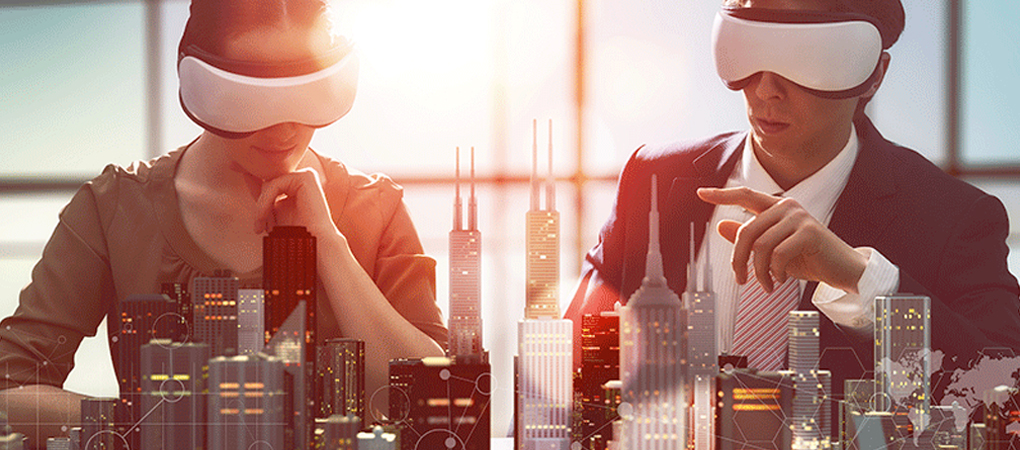

Emerging Technologies: AR and VR at Construction Sites

Building processes have become increased technological over the years. Using AR and VR, construction teams gain access to more information and can plan more efficiently. According to current sources, worldwide construction spending will reach $15.5 trillion by 2030. By 2028, when its market share is expected to reach $250 billion, AR/VR technology could completely change the entire market.
Enhancement of construction processes using AR
In the construction industry, AR apps can project images onto real-time views of the outside world.
Furthermore, 3D blueprints assist construction teams in avoiding errors and troubleshooting problems before work begins. It is easy for teams to understand where everything will be built, including ducting, pipes, columns, windows, and access points. It is easier to make changes before, during, and after the project this way.
For instance, a program named Fologram uses AR glasses like the HoloLens to turn 3D models into full-size construction instructions. Using digital instructions that are virtually superimposed on the workspace, masons are guided step-by-step during the construction process of complex projects that need a series of measurements, verification, and specific care.
Changing of construction flow using VR
Architects and designers are under increasing pressure to spot potential issues in the planning stages of a building project to ensure building efficiency. Additionally, virtual reality technology can be used for planning and rendering. Therefore, three-dimensional modeling of architectural designs is widely used by developers.
With the help of BIM technology and immersive VR headsets, architects and designers can visualize a space more clearly before it exists. As a result, they will be able to plan their approach to building it more effectively.
Additionally, technology allows firms to present a more compelling case when bidding for a new project: instead of presenting a 2D rendering or a model, they can take stakeholders on a virtual tour.
Nova is a large hospital in Finland that brings together primary health care, special health care, and social services. In order to implement the scheme, the company behind the project created a VR experience using BIM. This was so that hospital staff could familiarize themselves with their new workplace beforehand, easing the transition.
Leveraging AR/VR in Construction Industry
Since AR/VR have the potential to take developers to the next level, here are the benefits it can leverage in the market:
- Lowers development cost and reduces time by streamlining processes involved in most projects while providing substantial design insight to clients and architects.
- Enables safe training by enabling professionals to relook real life scenarios in fully immersive environment with the help of VR based training
- Improves collaboration and communication skills using VR tools to ensure more transparent project development processes

Get In Touch
Contact us and find out how our services can benefit your company.
© 2025 Quantum IT Consultancy Services. All rights reserved.
